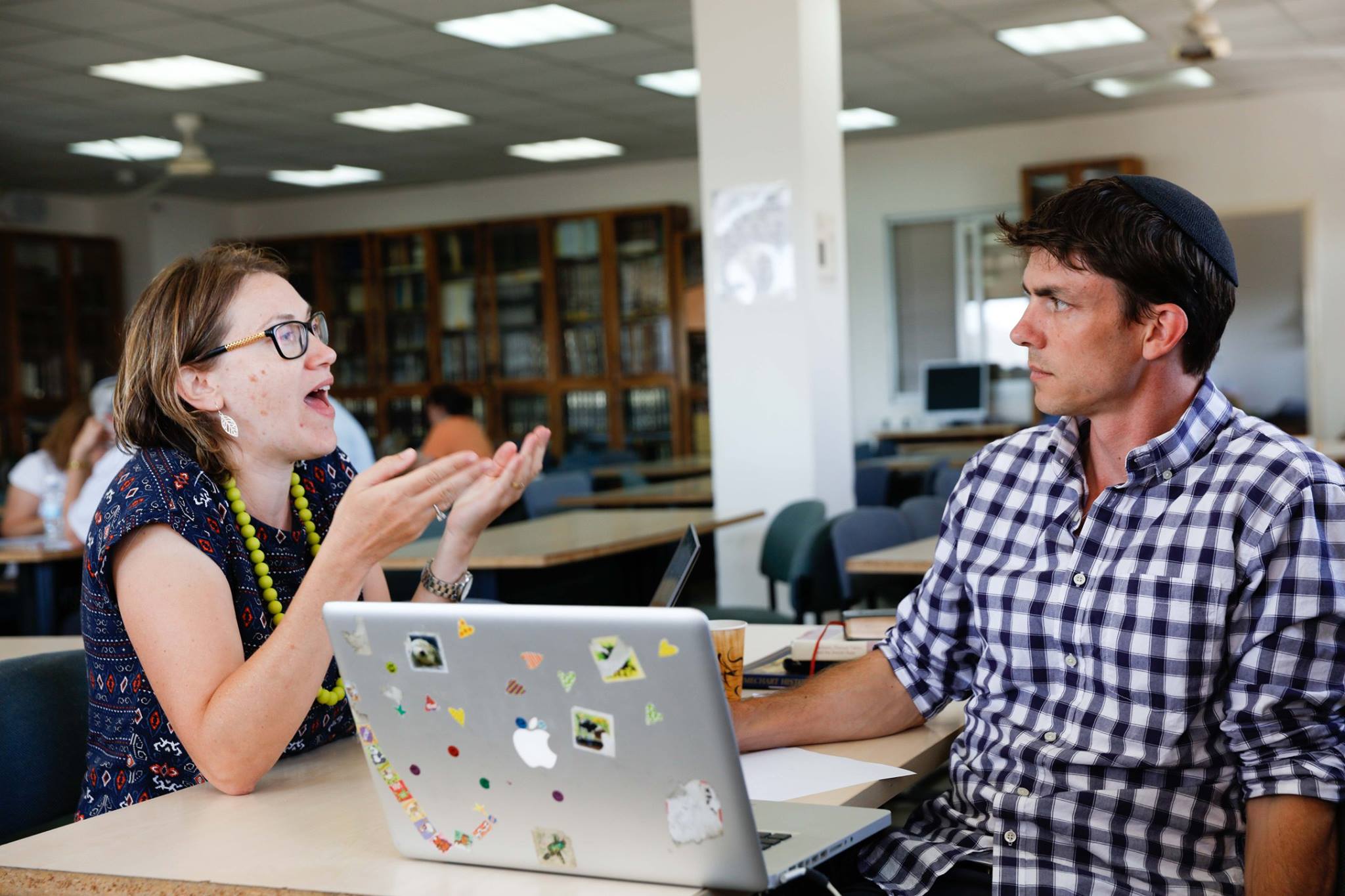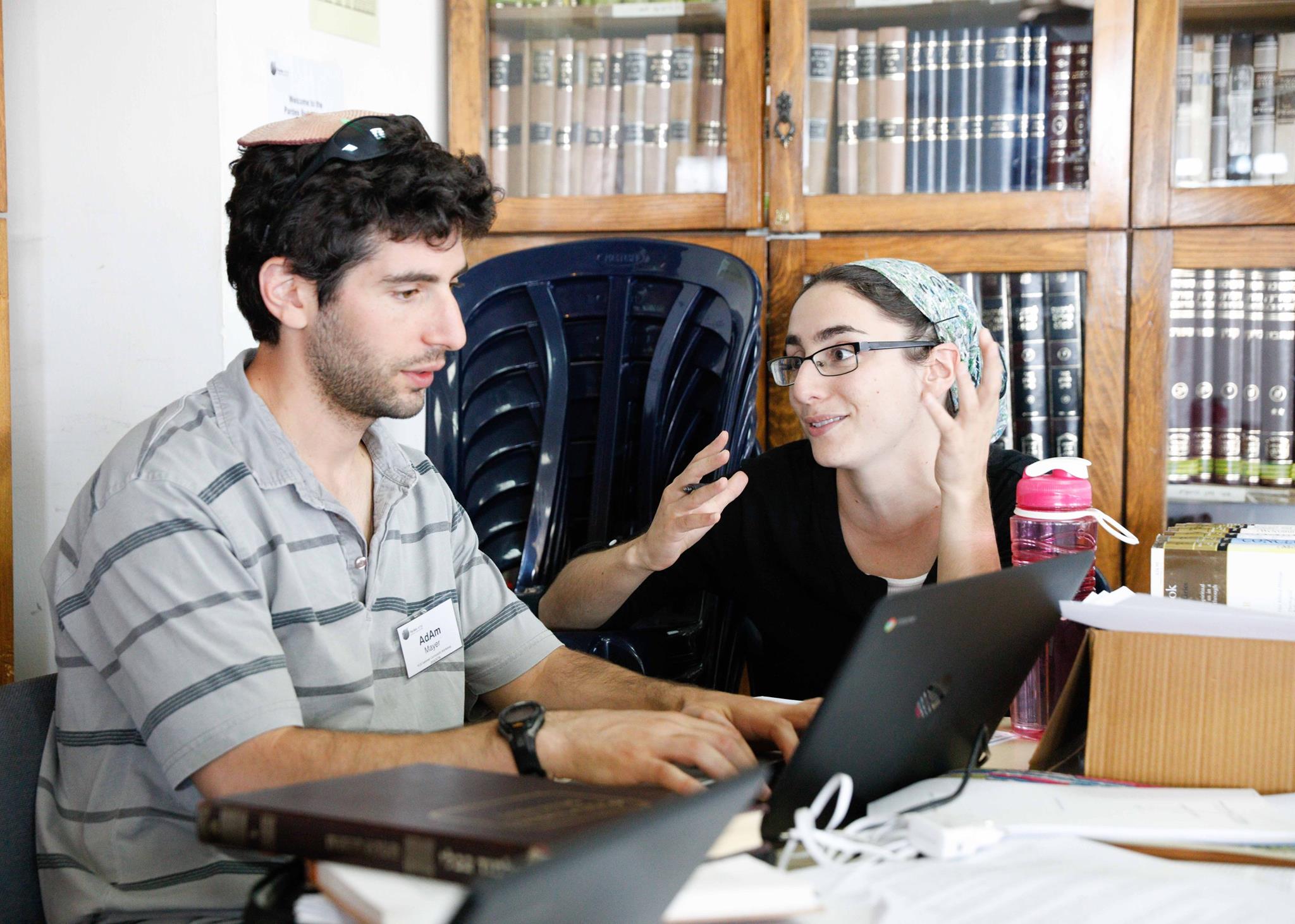Many Jewish day schools have excellent general studies teachers who are also engaged and interested members of their Jewish communities. These teachers have proven classroom teaching skills, are committed to the school’s mission and values, and understand the community and the students, but they may not yet have a strong enough Jewish content background to teach Jewish studies classes. What if these teachers could be intensively taught the content and Jewish text skills they need, paired with content-specific pedagogy, so that they could transition, in part or in full, to teaching Jewish studies at their schools?
The new GS2JS (General Studies to Jewish Studies) program of the Pardes Center for Jewish Studies aims to achieve just this. Over roughly 18 months, the program, which is currently being piloted, will work intensively with general studies teachers who are already working in Jewish schools to provide them with the content knowledge, text skills, pedagogic techniques and resources they need to bring their talents effectively into the JS classroom. The program consists of:
- Weekly 1-on-1 virtual content havruta-ing (with an experienced mentor and content expert) to prep the texts and topics the participant will likely be teaching at the school in the coming academic year.
- Filling Jewish literacy gaps through independent literacy readings customized for each participant.
- Content-specific pedagogy tutorials to help teachers gain specific skills, such as how to foster multiple interpretations of a pasuk, utilizing havruta study effectively and using bibliodrama.
- Participation in the three-week Pardes Summer Program (funding permitting), which includes immersion in the Pardes community, beit midrash text study, educational trips around Jerusalem and working in person with a mentor.
- Virtual mentoring to get support in curriculum development, lesson planning and assessment design.
The program is structured flexibly to meet the content and scheduling needs of each participant, since much of the work takes place one-on-one. Learning begins in the winter of the academic year before the educator starts teaching Jewish studies, and work with a mentor continues through the summer after the first year of having transitioned to the JS classroom (roughly a year and a half in total). Paired with the Pardes Summer Program, the summer in between the start of the program and the move to teaching Jewish studies presents an opportunity to intensify work with the teacher’s mentor/havruta and focus on both deeper content study and Hebrew skills acquisition (if needed), at the participant’s chosen pace, as well as work to prep materials—unit outlines, lesson plans, assessments, classroom materials—for the upcoming school year.




